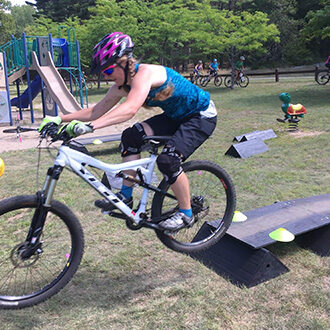Your lymphatic system is responsible for detoxifying the body and draining it of waste and unwanted materials. Poor mental and physical health can put this system at risk and put you up for a challenging recovery. However, a gentle lymph drainage massage can fast-track your sports recovery and reduce the toxins in your body.
Understanding the Lymph System
The lymphatic system is primarily responsible for transporting lymph throughout the body. Lymph is a clear fluid that contains infection-fighting white blood cells that contribute to a robust immune system.
This system is similar to your circulatory structure, as it connects vessels and lymph nodes. You’ll find your primary lymph nodes in the neck, armpits, and groin. It doesn’t have an automatic pump and relies on muscle movement and blood pressure to circulate the lymphatic fluid.
Why Get a Lymphatic Drainage Massage?
A healthy lymphatic system boosts the body’s ability to fight infection and reduces recovery time. Many healthcare professionals will recommend it after surgery to reduce swelling and heal scar tissue.
The increased blood flow that results from a lymphatic drainage massage reduces cellulite by breaking down toxins that exacerbate dimply skin. Sitting for prolonged periods can become detrimental to your lymphatic system, relying on manual muscle movement to function.
If you live a predominantly sedentary lifestyle, lymph won’t flow as freely as they could be, which can cause swelling in tandem with water retention.
If unattended to, individuals develop Lymphedema, which is a blockage in the lymphatic system. The chances of contracting Lymphedema are more common in cancer patients who require the removal of specific lymph nodes.
When Does a Lymphatic Massage Help?
As we mentioned above, a lymphatic massage is particularly advantageous after surgery. It is particularly useful after a mastectomy, liposuction, hysterectomy, or cosmetic surgery.
What to Expect During a Lymphatic Massage
Lymphatic massages are similar to therapeutic processes in that they are equally relaxing. A typical lymphatic massage will begin around the head area and works through your entire body if needed. Sometimes we will focus on the area that is the most congested. Your therapist uses short and long, gentle, weightless and rhythmic strokes to pump your lymphatic system, eventually working their way to the areas where it drains or pulls out of the body. This is where the lymph node usually are located in the body.
Aim to arrive at your session at least ten minutes early to allow yourself to decompress. If you find that the massage room temperature is too hot or too cold, let your therapist know—you want your massage to be in a comfortable space.
Take-Home Lymph Tip
To enhance lymphatic drainage, ensure that you’re drinking enough water every day. If you don’t engage in regular exercise, now is the time to do so. Get a little bit of physical activity daily to exert pressure on the lymphatic vessels. A simple walk around the block or ten-minute jog will typically suffice.
Conclusion
Especially nowadays, an unhealthy lifestyle can doom individuals to a poorly functioning lymphatic system. Do yourself a favor and engage in regular exercise, paired with a nutritious diet and the occasional lymphatic massage to improve your well-being and physical health.
Challenge yourself by working with a holistic health coach at Hello Meg Parker. Here, we work with all types of people—from general citizens to professional athletes.









